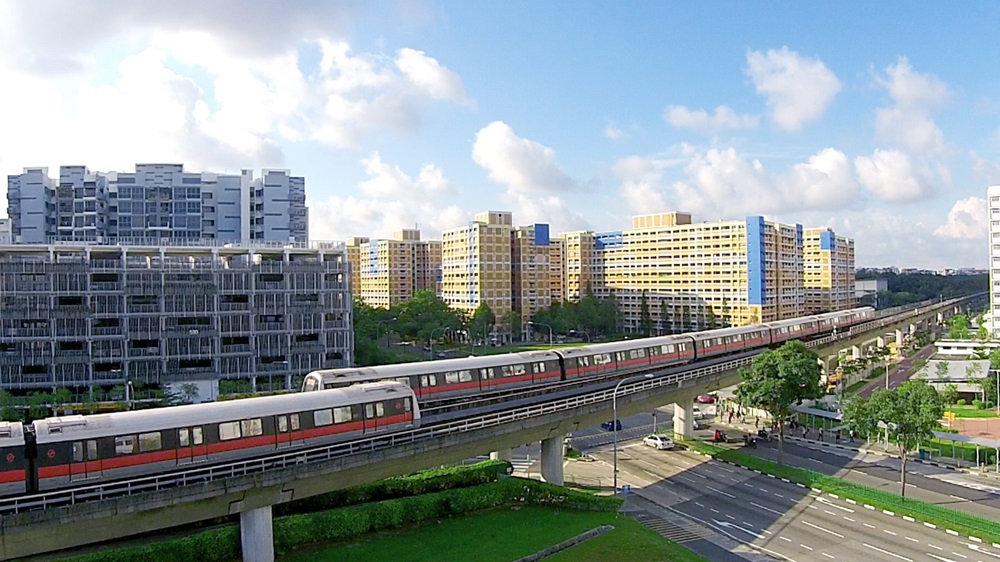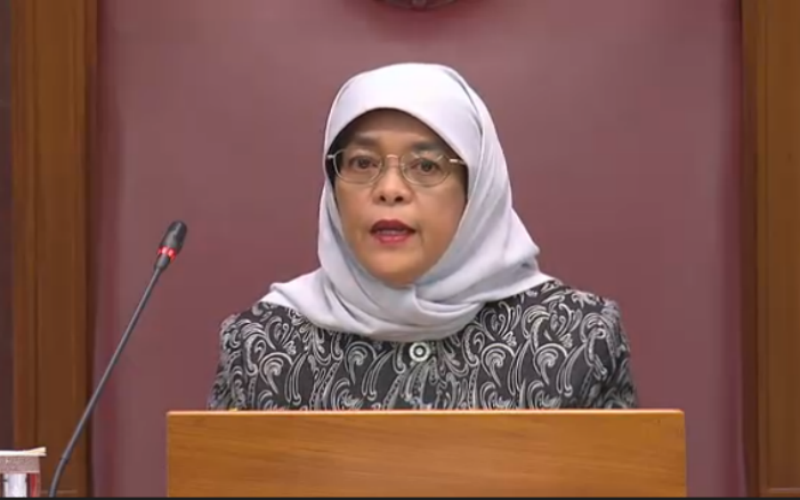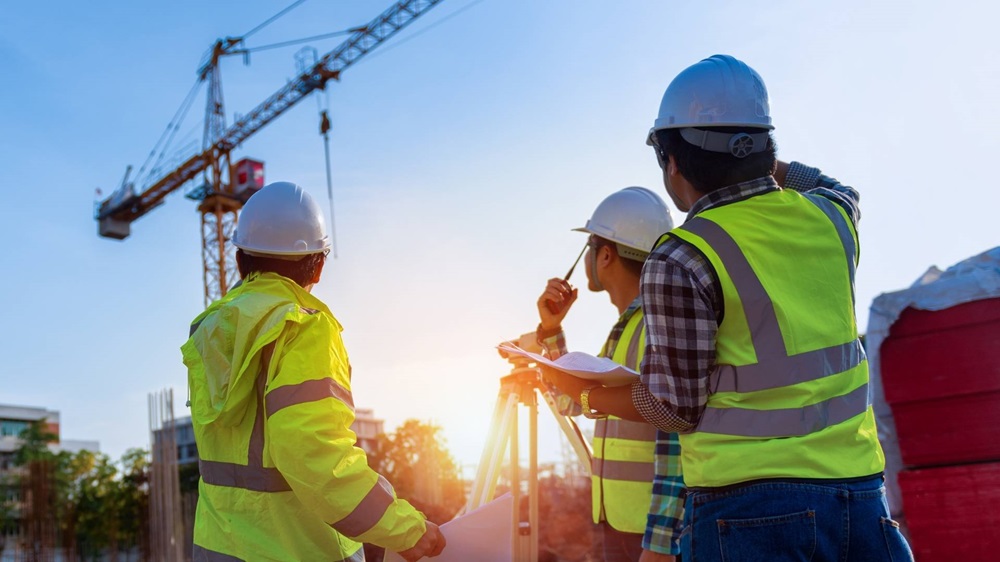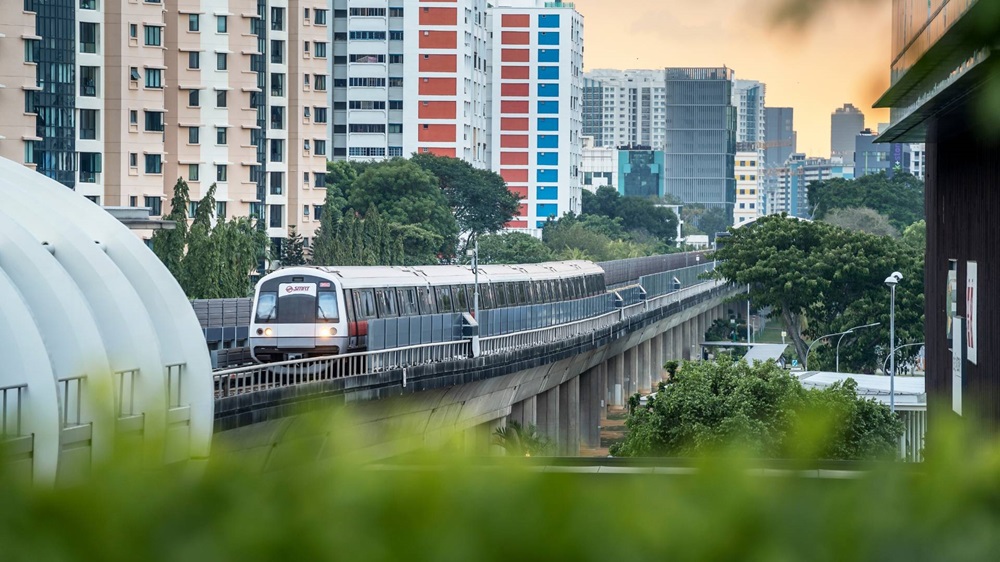
With these long term plans set out, we’ve summarised what the Government is already doing to ensure a reliable, improved and accessible public transport system for Singaporeans.
Convenience - Connecting Singapore
The Government is expanding our public transport network – trains, buses and walkways - to make public transport more convenient for Singaporeans, and reduce the reliance on cars.
Trains
In 2019: Singapore’s rail network was 230km
In 2030: Singapore’s rail network will be 360km
Hopping onto a train to reach different parts of Singapore will get even more convenient. The graphic below details the new train lines that are opening in the next few years.

Buses
1,000 new buses and 80 new bus routes have been introduced from 2012 to 2017. This was part of the Bus Service Enhancement Programme, which introduced more feeder services to connect commuters to MRT stations, bus interchanges and public amenities.
Walkways
More than 200km of covered walkways have been built since the Walk2Ride programme was introduced . Covered walkways help commuters walk to their homes, schools, and nearby amenities like polyclinics and bus interchanges, rain or shine.
Comfort
The Government is taking steps to reduce the crowd in buses and trains, as well as cut waiting time.
In addition to 1,000 new buses and 80 new bus routes introduced, 99 new MRT trains were added from 2015 to 2019. As a result, waiting times for trains and buses have been reduced during peak hours.
Breakdowns
The Government has invested heavily in upgrading the NSEWL, and started enhancements on the decade-old CCL to support a larger CCL network (three new CCL6 stations will be added in 2025) and train fleet. This will reduce breakdowns, which inconvenience that often affect many commuters, particularly during peak hours.
The number of train disruptions has also decreased. The MRT network is now over one million MKBF (Mean Kilometres Between Failure), seven times better than in 2015.

Accessibility and Safety
Cyclists
Cyclists will be able to move around with ease, using dedicated cycling paths in 9 HDB towns to separate cyclists from vehicles on the road. This will be expanded to all HDB towns by 2030 – a total of 1300km.
Families, Elderly & persons with disabilities (PWDs)
Priority queues help seniors and PWDs board buses and trains before others. Priority queues were implemented at all MRT stations and will be rolled out at all bus interchanges by 2021.
Those in wheelchairs can safely board and travel in MRT and LRT trains. In an effort to improve accessibility, all buses will be wheelchair-friendly by 2020.
Families with young children can travel fuss-free, as stroller restraint systems will be installed on all wheelchair-accessible buses by 2020.
We will install lifts for 47 pedestrian overhead bridges near MRT stations and bus interchanges by end of this year. We will extend this to 50 more overhead bridges, starting with those near hospitals and polyclinics.
More senior-friendly road features such as extended green man timings and lower speed limit are available in Silver Zones in housing estates. . We will have 35 Silver Zones by 2020, and 50 by 2023.
In 2040, by walking, cycling or riding, you will be able to reach your nearest neighbourhood centre within 20 minutes and spend no more than 45 minutes to complete most peak-period journeys. Journeys will be more inclusive and barrier free to facilitate transport for all ages.
The public transport system will benefit all commuters, and the Government is taking steady steps towards these goals, to keep Singapore moving.
RELATED ARTICLES
We use cookies to tailor your browsing experience. By continuing to use Gov.sg, you accept our use of cookies. To decline cookies at any time, you may adjust your browser settings. Find out more about your cookie preferences here .

















